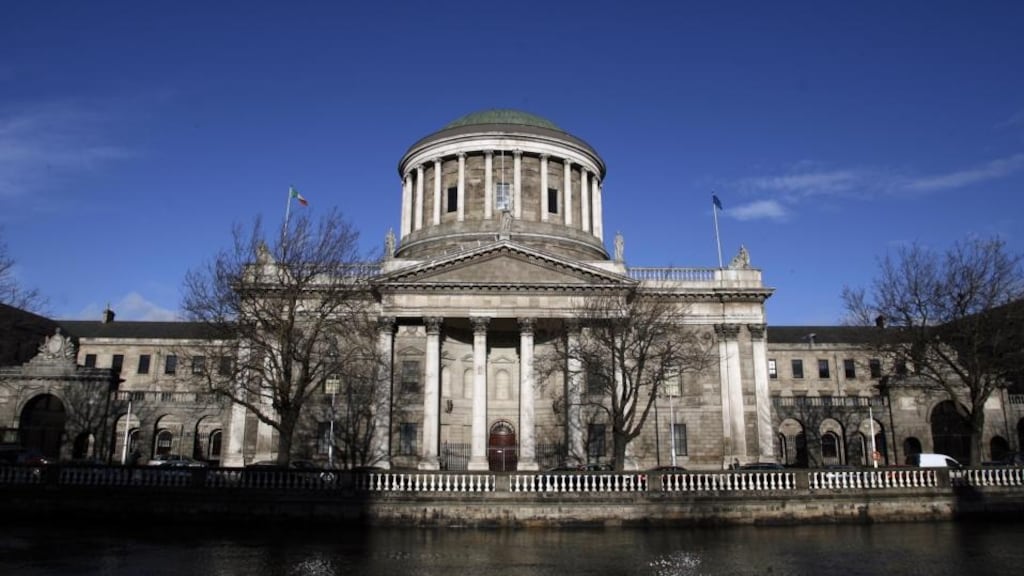Hillwalkers involved in a 17-year-old dispute with a Co Wicklow landowner have asked the Court of Appeal to consider new evidence which they claim shows a right of way in existence from at least 1799.
Noel Barry of Monastery, Enniskerry, and Neil Leonach of Monastery Grove, Enniskerry, both members of the Enniskerry Walking Association, have appealed a High Court declaration that there was no right of way along a 500m stretch of land owned by Joseph Walker at Annacrivey, Enniskerry.
In a decision in 2012 the High Court found there was no right of way and made an order prohibiting Mr Leonach and Mr Barry from walking the land while also awarding Mr Walker a substantial portion of his costs.
However, on Tuesday, Michael Forde SC, with David Leonard, said a map had been discovered in the papers of Lord Powerscourt at the National Library which showed a right of way in existence in 1799.
Mr Forde said it was clear that in advance of the building of military roads in the area around 1800 the route in question was the route from Enniskerry to Glencree and on to Glencullen. He said it was the only access into the Glencree Valley and “on the balance of probabilities” it was a public road because “if the inhabitants of the valley couldn’t get out they would all go bonkers from interbreeding after a couple of years”.
‘Errors in law’
Mr Forde also argued the judgment was “fundamentally flawed” in a number of areas and the judge had made “errors in law” and “errors in finding of fact”.
He said his clients were asking for the costs of their legal actions.
However, Peter Bland SC, with Ms Sarah Belshaw for Mr Walker, said the High Court judgment had been “mischaracterised”. He said the trial judge had considered another map produced by the hillwalkers which was dated 1798, representing a one-year difference in maps which both allegedly showed a route. He said that on this basis the Powerscourt map did not merit the description as new evidence and in any event a simple “line on a map” did not mean somewhere was a designated right of way. If it did, he said, it would have implications for the driveways and internal farm roads of the whole country.
Mr Bland said there were many “scraps of information” built up over years that gave rise to an opinion that a route was a highway carrying designated rights of way, and not simply an internal estate track. He said there was no evidence that the route was anything other than an internal track and it had disappeared from maps from 1799 to 1912. The court was entitled to the presumption that if it had been a highway it had been extinguished.
He said that when the issue of a right of way had come up and walks were being organised on his land, Mr Walker had erected gates and signs warning people that the land was private property and they should keep off. Entry to the land was only with permission of the landowner and Mr Walker or his father had never accepted there was a right of way there and one could not be established without the landowner’s permission, he said.
The hearing has concluded. Judgment has been reserved.










